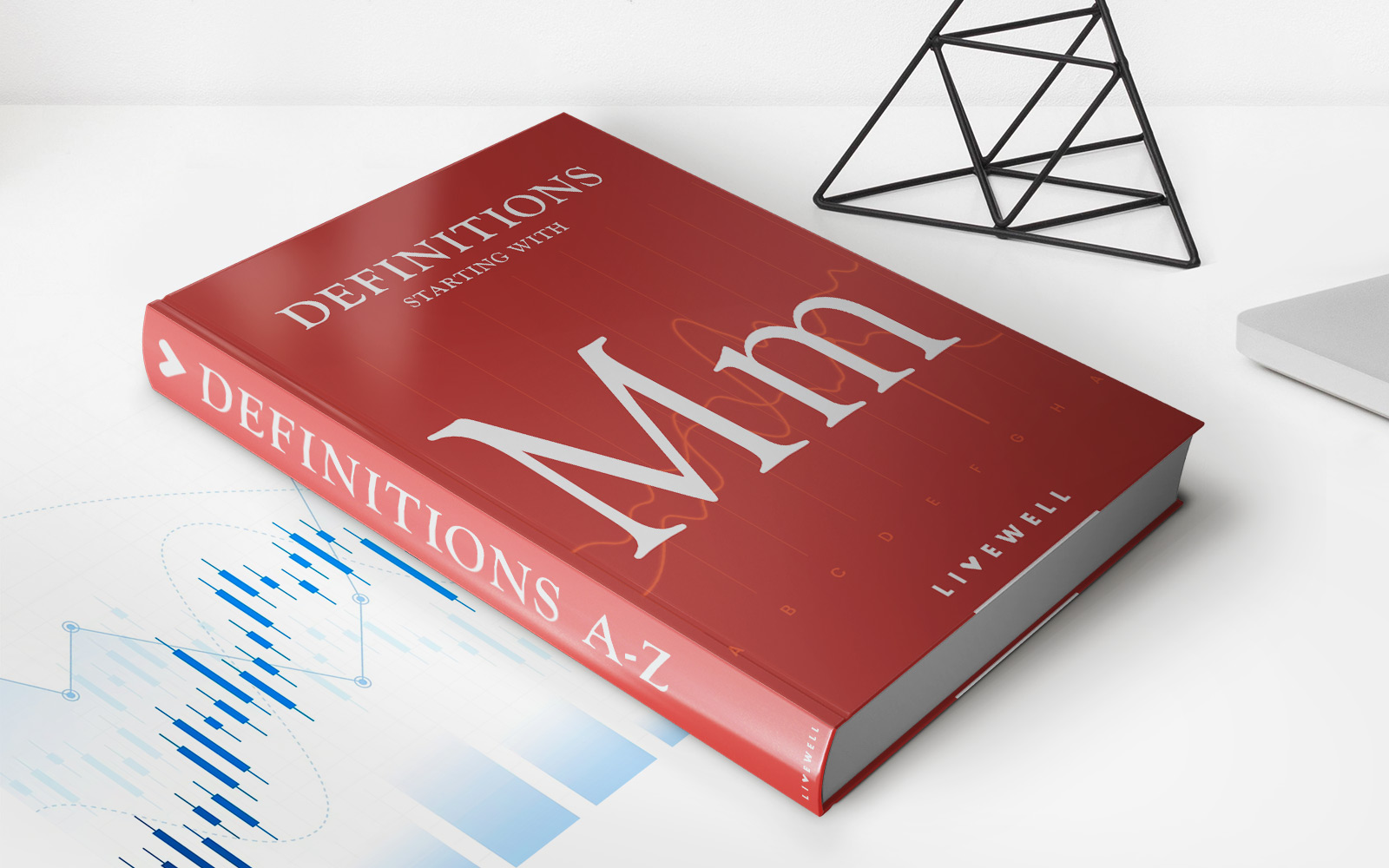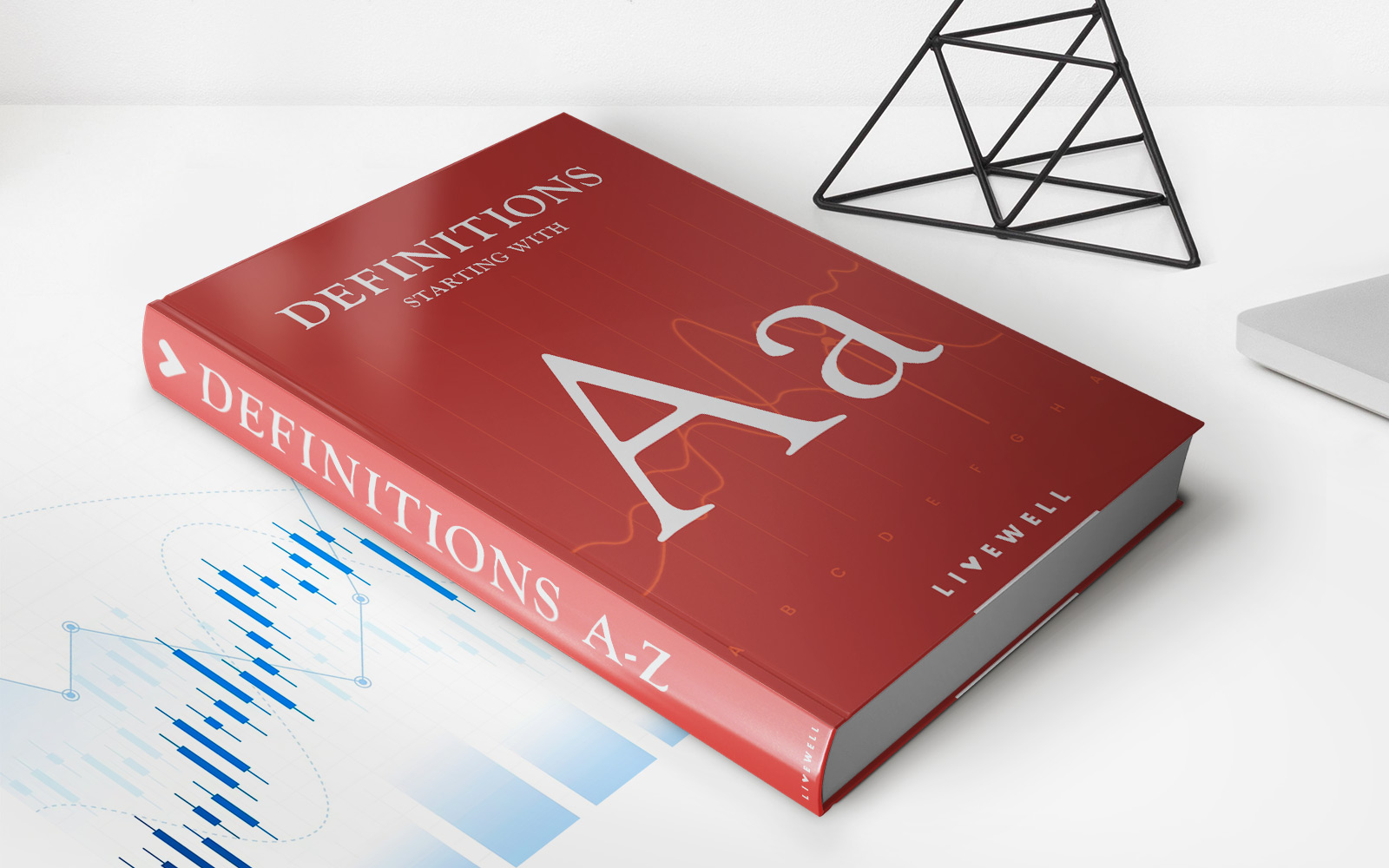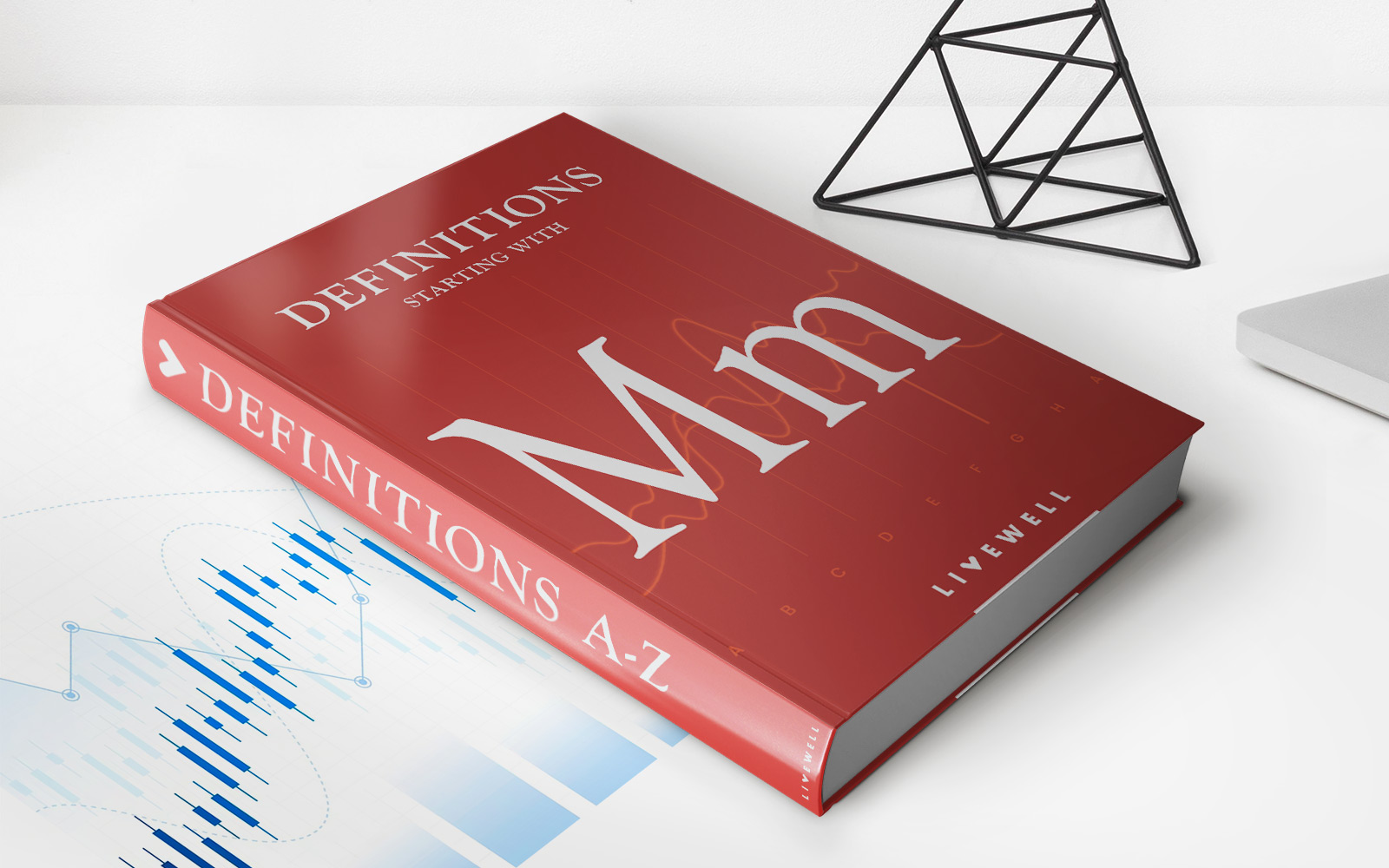

Finance
Overdraft Cap Definition
Published: January 5, 2024
Discover the meaning of overdraft cap in finance and how it can impact your financial situation. Stay informed with our concise explanation.
(Many of the links in this article redirect to a specific reviewed product. Your purchase of these products through affiliate links helps to generate commission for LiveWell, at no extra cost. Learn more)
Understanding Overdraft Cap: A Lifesaver in Financial Crunch
Welcome to the FINANCE category of our blog! In this post, we dive deep into the world of Overdraft Cap, a term that often pops up when discussing personal finance and banking. You might be wondering, “What exactly is an Overdraft Cap?” Well, you’ve come to the right place! In this article, we’ll demystify this essential financial concept, explaining what it is and how it can help you navigate your finances smoothly, especially during those unexpected moments when funds might fall short.
Key Takeaways:
- An Overdraft Cap is a predetermined limit set by a bank to protect customers from excessive overdraft fees.
- It allows you to make transactions even if your account balance is insufficient, up to a certain maximum amount.
What is an Overdraft Cap?
An Overdraft Cap, also commonly known as an overdraft limit or overdraft protection limit, is a predetermined threshold set by your bank to protect you from incurring excessive overdraft fees. Simply put, it acts as a safety net for your bank account, ensuring that you can still make transactions even if your account balance is insufficient.
Picture this scenario: You’re at a store, ready to make a purchase, but the funds in your account are lower than the total cost. Without an overdraft cap, your transaction would be declined, leading to potential embarrassment and inconvenience. However, if you have an overdraft cap in place, the bank covers the difference between your account balance and the purchase amount, allowing you to complete the transaction. This feature can be a real lifesaver during those unexpected or emergency expenses.
How Does it Work?
When you opt-in for overdraft protection on your account, your bank will assign a specific amount as your overdraft cap. This cap can vary from one institution to another, depending on factors such as your account history, creditworthiness, and the bank’s policies. It is important to remember that exceeding the overdraft cap may still result in declined transactions or additional fees, so make sure to check the specific terms and conditions with your bank.
An overdraft cap can be implemented in different ways. Some banks may offer an automatic transfer from a linked savings account or line of credit to cover any deficit in your checking account. Others may provide a temporary overdraft facility, where you can make transactions exceeding your balance up to the specified cap, but with potentially higher fees. It’s crucial to familiarize yourself with your bank’s specific overdraft cap policies to maximize its benefits.
Benefits of Having an Overdraft Cap
Now that you understand what an overdraft cap is, let’s explore its benefits:
- Financial Safety Net: An overdraft cap ensures that you can carry out important transactions even when you are temporarily short on funds. It protects you from the embarrassment of declined transactions and allows you to meet unexpected expenses without worry.
- Avoiding Excessive Fees: Without an overdraft cap, each overdraft transaction can come with hefty fees. However, by setting a predetermined overdraft cap, you can limit the potential charges you may incur if you go overdrawn. This can significantly help in managing your finances and avoiding unnecessary expenses.
Remember, an overdraft cap should be used responsibly as a temporary solution and not as a long-term way of managing your finances. It is always wise to focus on building a solid financial foundation, budgeting effectively, and maintaining a healthy account balance to avoid relying solely on overdraft facilities.
In conclusion, an overdraft cap is a crucial tool that empowers you to navigate through financial crunches, offering a safety net and peace of mind in times of need. By having a clear understanding of what it is and how it works, you can leverage this feature effectively, ensuring a smoother financial journey.
Be sure to check with your bank for their specific policies and guidelines regarding overdraft caps, as they may vary.














